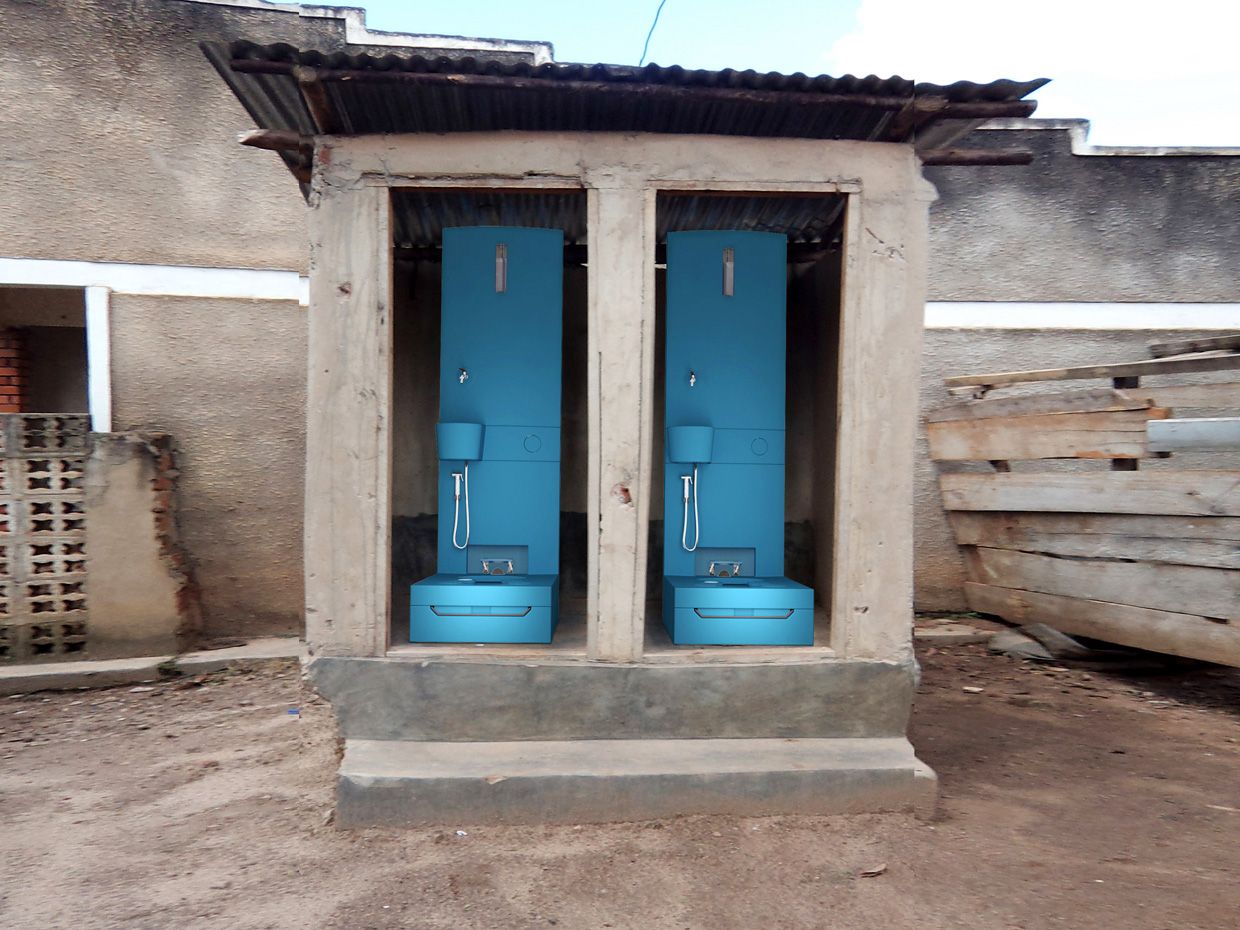DIY
Bowled Over by Toilet Technology
Super smart seats and community-conscious commodes aimed at huddled masses yearning to breathe free
19 Nov 2013
Photo-Illustration: Eawag/EOOS
▲
▲
▲
▲
▲
▲
▲
▲
nanyang technological universityicandyno-mix vacuum toileteth zurichnanomembrane toiletdaiwa house intelligent toiletntuben martintype:slideshowsquatting panbill and melinda gates foundationnumi toiletcaltechtools and toys
Willie Jones is an associate editor at IEEE Spectrum. In addition to editing and planning daily coverage, he manages several of Spectrum's newsletters and contributes regularly to the monthly Big Picture section that appears in the print edition.
